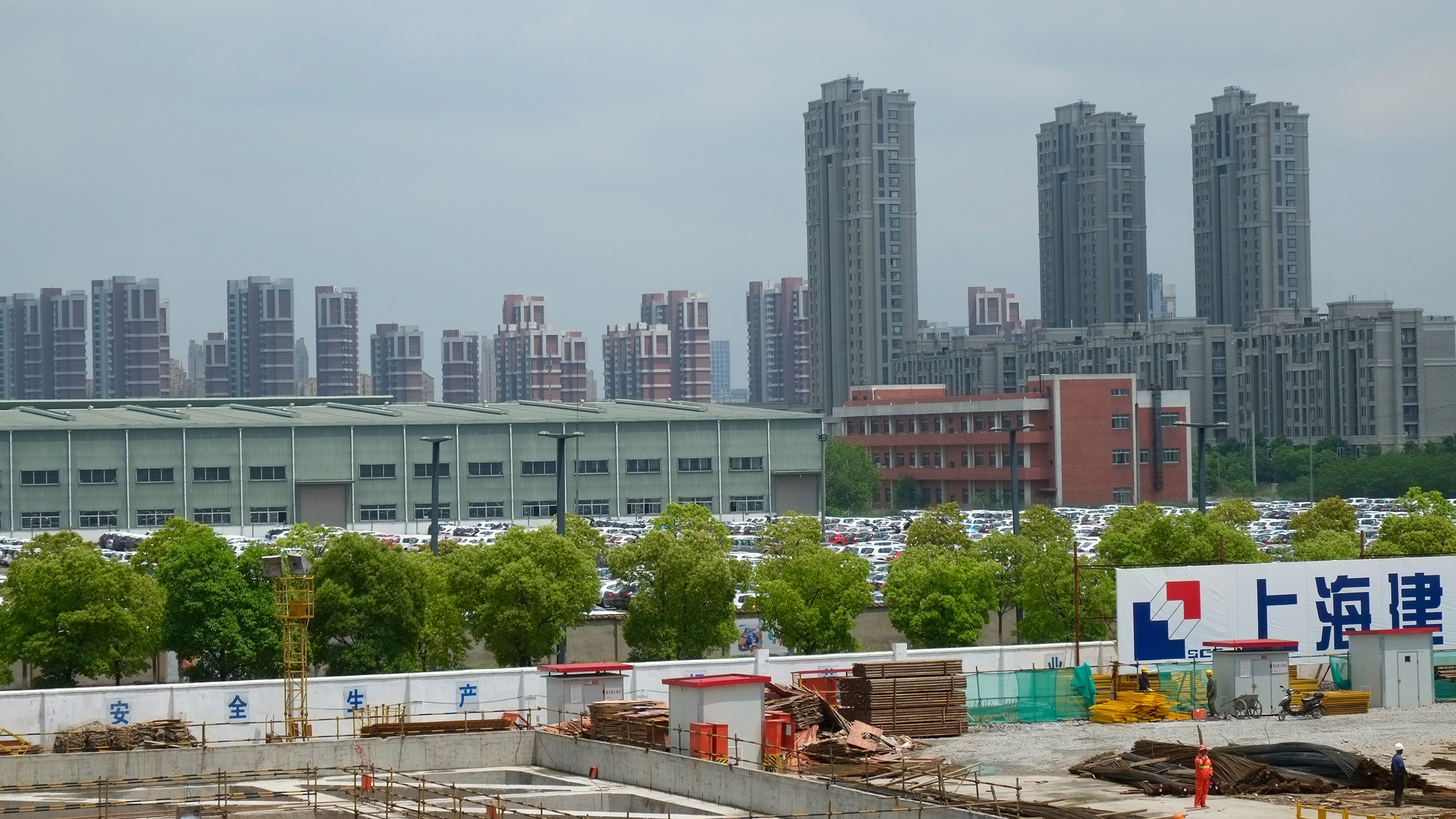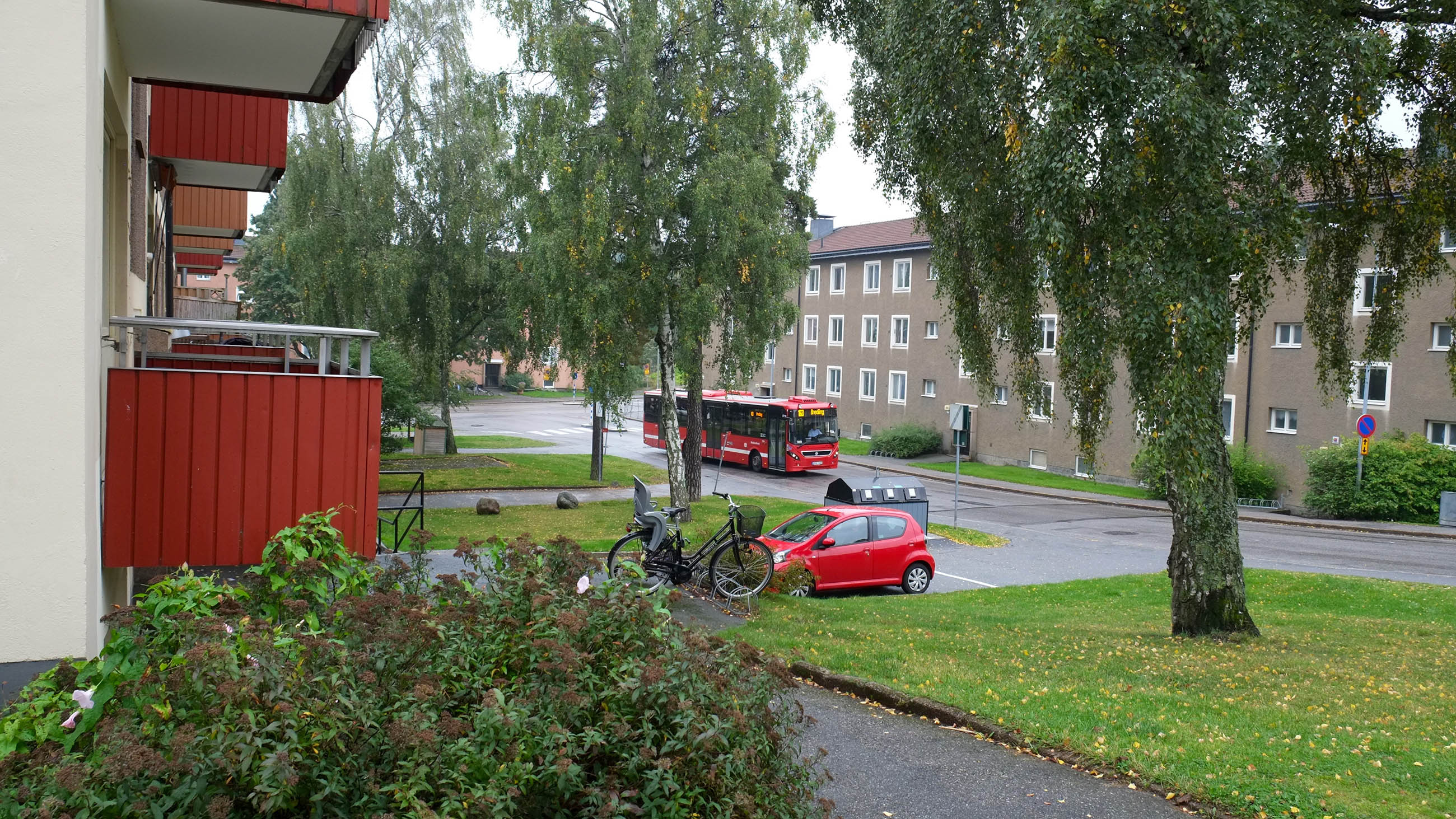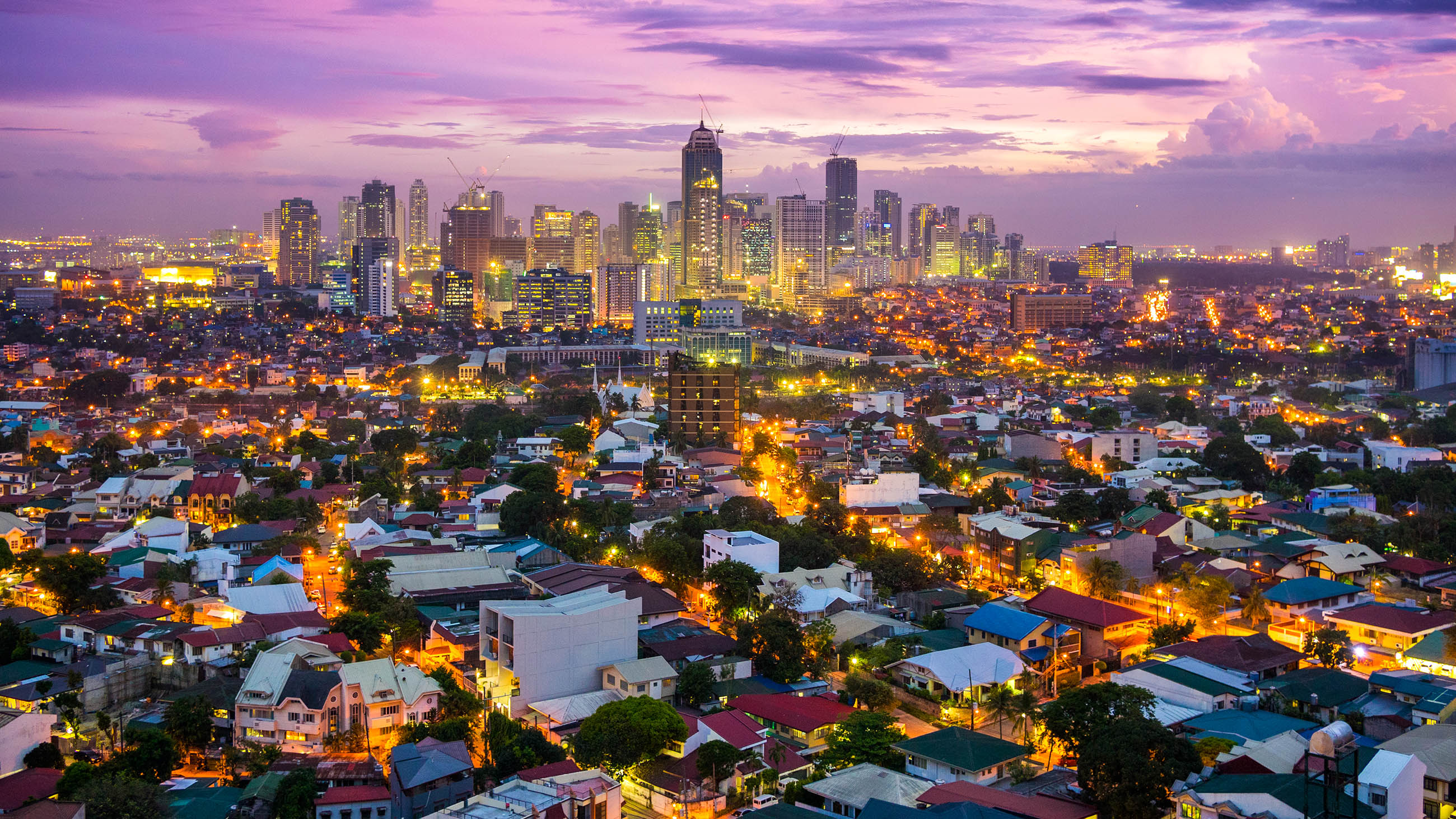Cities Are Not as Big a Deal as You Think
Last month, the journal Science published a special issue examining the challenges and opportunities of an urbanizing world. Titled “Urban Planet” and featuring an image of clouds wafting across skyscrapers in Dubai, the issue opened with an eye-catching statistic: “More than half of the world’s people now live in cities.”
Of course, that number would be even more impressive if it were actually true.
“We don’t have 50 percent of the world living in cities,” says Karen Seto, a geographer at Yale University who studies urbanization trends. “A lot of these people are living in towns and small centers.” In other words, their surroundings are more urban than a rural village, but a far cry from Dubai.
The oft-cited statistic — or the idea behind it — began with a United Nations report released in 2007. It announced that by the following year, more than half the world’s population would be urban for the first time in history, and that such concentration was expected to rise to 70 percent by 2050. In 2014, the UN revised that trajectory slightly downward. The new calculation projected a 66 percent urban planet by 2050.
In both cases, to get those figures, the UN relied on data from each country about its urban population. One problem? Different countries have completely different definitions of what “urban” is. The minimum population of an urban area ranges from 10,000 people to just hundreds. (In Greenland, you’re urban if you share space with 200 residents.) Some designate any named municipality as urban. India’s definition of urban, in addition to considering population size and density, requires that 75 percent of the male population not be employed in agriculture.
A second problem? When the statistic is recited in the media, scientific journals, and policy papers, the word “urban” is often replaced with “city.”
Swapping one term for another seems like a harmless convenience. But it directs the attention on urbanization toward big cities — which are iconic and visible places — and away from less exciting areas, such as vast tracts of houses on the fringe of cities, or smaller but increasingly people-packed townships.


That focus can lead us to overlook the fact that such areas pose unique environmental and social challenges of their own. Concerns include land use, habitat loss, transportation, economic opportunity, and access to water and other services – ones that may be just as important as the challenges of managing a major metropolis. For example, a recent study estimates that suburban households in the U.S. have a higher carbon footprint than urban ones, and that suburbs contribute half of household greenhouse gas emissions in the country. Urban expansion in the U.S. is projected to destroy 50 million acres of forest by 2050. Similar worries arise elsewhere as well. In China, urban growth has swallowed up swathes of agricultural land, raising concerns about food security for a growing population.
There are obvious reasons why we spotlight cities in urban discussions, both photogenic and economic. While big cities have problems with pollution and overcrowding, they’re also seen as engines of innovation, creativity, and sustainability. They are increasingly important in global governance, with initiatives like the C40 Cities Climate Leadership Group, which works to reduce greenhouse gas emissions in large cities. They are centers of wealth in the global economy, but are also the focus of philanthropy, like the Rockefeller Foundation’s 100 Resilient Cities Challenge and IBM’s Smarter Cities Challenge, both of which fund projects to tackle issues like climate change.
But, as many researchers are beginning to emphasize, other urban forms are also important.
Roger Keil, an environmental studies professor at York University in Toronto, began discussing this idea with several colleagues following the release of the 2007 UN report. They realized that most public discussion about the current “urban century” focused on “the couple of square miles around city centers,” he says. Yet most urban dwellers today — as well as the three billion more expected in the future — are likely occupying suburban areas. “Why are we not talking about these suburban expanses?” he wondered.
Keil now leads a long-term collaborative project based at York’s City Institute called Global Suburbanisms, which is studying the forms, governance, and infrastructure of suburban areas around the world. The goal, he says, is not to lump all of these areas into a single type but to catalogue their heterogeneity and diversity.
In the architecture and urban planning communities, suburbia is often ignored except as an object of critique. Alan Berger, a landscape architect who co-directs the Norman B. Leventhal Center for Advanced Urbanism at MIT, says that “the megacity has been held up as the primary model that global development will follow, and it’s widely taught in schools as the model we should be trying to replicate.”
While some countries have been able to invest in building tall, dense cities, he says, other developing areas in Africa, India, and Latin America will not have the financial resources to create the infrastructure to support them. Globally, cities are spreading outward and becoming less dense, like the rapidly-growing suburbs of Shanghai. A report from the Lincoln Institute of Land Policy estimates that while the urbanized population in developing countries will double by 2030, urban land cover in those countries will triple. The UN estimates that only one in eight people live in a megacity. “The seven of eight people who are not living in the megacity of the future are going to live in horizontal forms of cities that are disconnected in some way or another from their nearest center city,” Berger says.
These places don’t necessarily resemble North American and European suburbs. In China, expanses of suburban high-rises can be as dense as an American city. In India, as this World Bank report attests, rapid suburbanization is driven by cheap housing and manufacturing jobs that are shifting away from expensive inner cities. But they do share some of the same challenges. “If it’s disconnected from the nearest dense core,” Berger says, “then how do you make it more sustainable?”
This year, Berger’s group hosted a conference at MIT titled “Future of Suburbia,” and is co-editing a 1200-page book called “Infinite Suburbia,” to be released in 2017. The project is meant to invigorate thinking about suburbia. It’s not a matter of choosing cities or suburbs, Berger says, but acknowledging the need for both. He advocates an approach called “bioregionalism,” which treats cities and suburbs as a holistic system. “What can the suburbs be designed to do to help the core city, and what can core city do to feed back to suburbs?” he asks. He envisions suburbs becoming areas to harness solar energy, grow food, manage water supplies, and support vegetation and biodiversity for the region. Technological solutions like self-driving automobiles and delivery drones could help reduce paved surfaces and greenhouse gas emissions in suburbs, lessening their environmental impact.
But suburb, like city, is a loaded term. “‘Suburb’ doesn’t really make sense in Bhutan or Nepal or even India,” Seto says. Our typical words to describe urban forms — city, megacity, suburb, exurb, slum — don’t capture the diversity of new urban growth. “What’s very clear is that we need a language and a finer-grain differentiation of different types of urban life and urban ecosystems,” she says.
Part of the problem is that the words are saddled with the weight of history.
In the past, says Keil, “people were so clear about what it meant to be a city or urban, and those things were considered to be the same.” When the postwar housing boom expanded suburbs outward in North America and parts of Europe, “for 50 years, people talked about suburbs as distinct from the city,” he says. But as cities and suburbs have changed and blurred together, that distinction no longer makes sense.
Looking across the many different ways that countries define urban in the UN data, Seto says, “‘urban’ suggests a higher quality of life, higher standards of living, and more opportunity for the people who live there.” In developing countries particularly, urban denotes a place where people have access to jobs, running water, electricity, and other municipal services.
That’s a much more basic definition of urbanity than a place with skyscrapers and subways. And when you think about “urban” in that context, it throws the spotlight on how many people are still not living with those basic amenities. “It is a very dangerous thing, in a world that is still half rural,” says Keil, “to disqualify the experience of that half of the world’s population that still lives in recognizably rural environments.”










